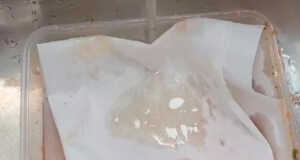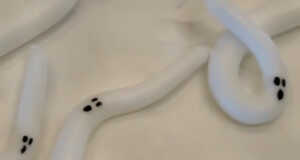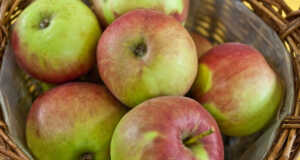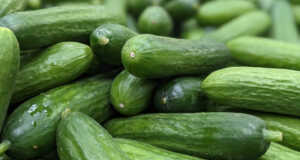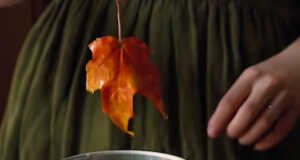No holiday table is complete without a creamy, smooth slice of freshly baked pumpkin pie. Yet over the years, many people have encountered an unpleasant texture contrary to what you’d expect to taste — gritty, pebbly sand.
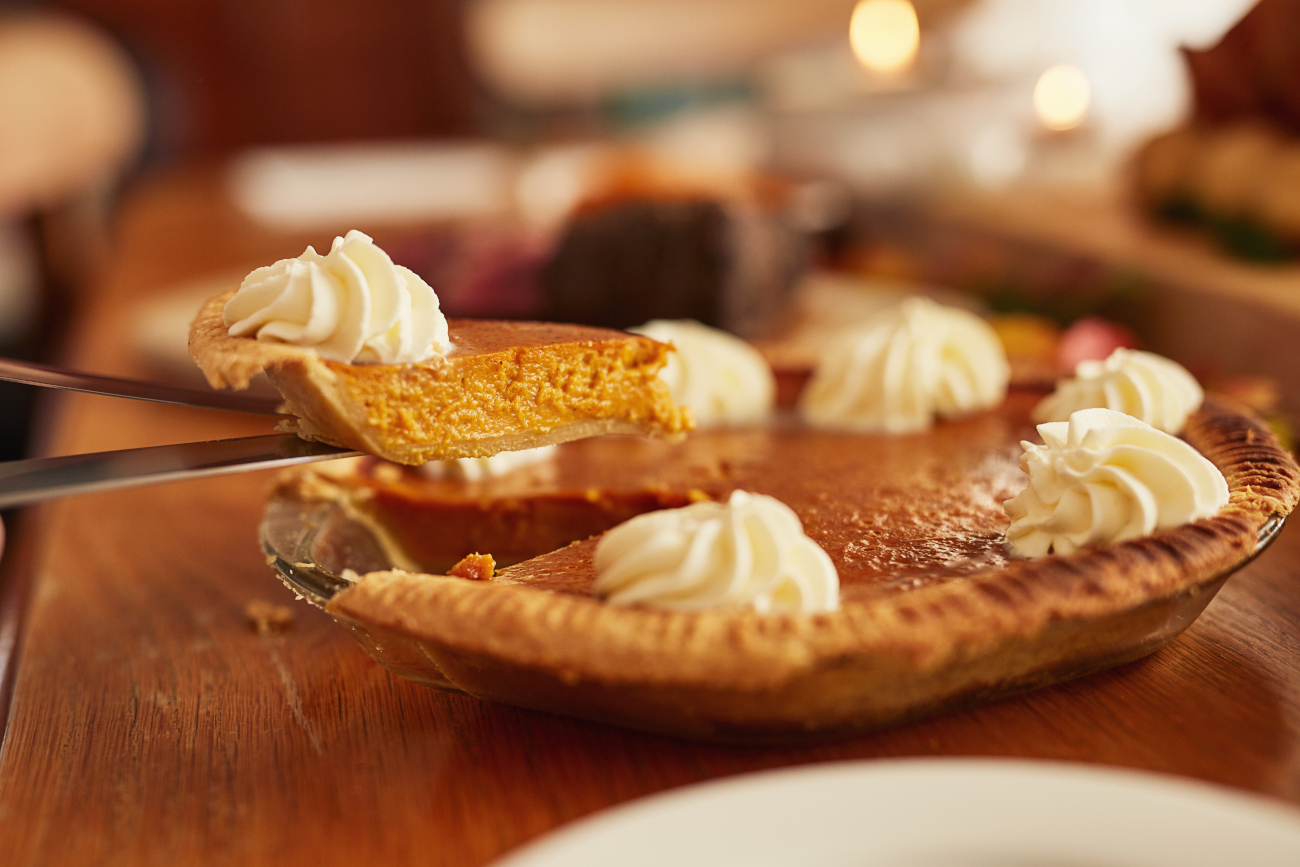
It’s hard to pinpoint, as there haven’t been exact recalls of pumpkin purée or pumpkin pies, but over the years people have continued to report opening a can of pumpkin purée and finding it having a sandy or gritty texture. Some people have found the problem specifically with the brand Libby’s and have even reported pumpkin pies produced by the ever-popular Costco to have a pebbly gritty texture.
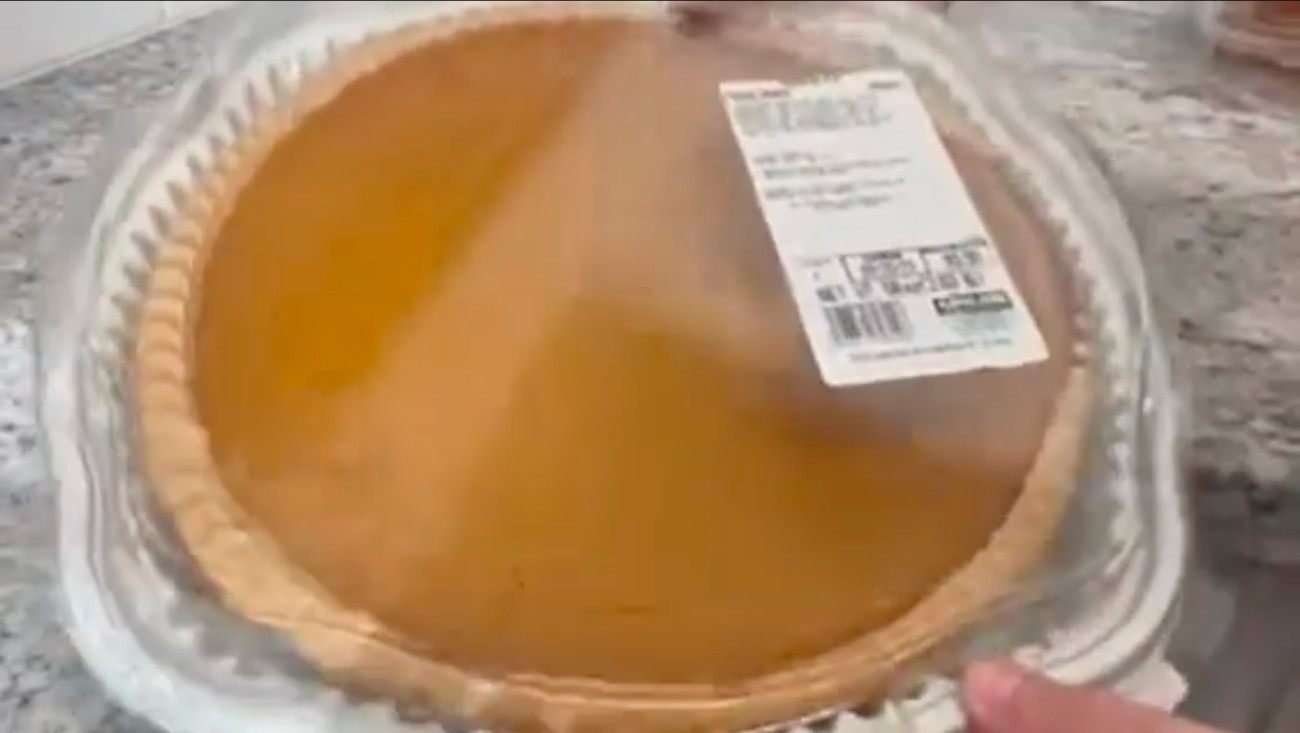
Grit and sand particles are common particulates to find near or around pumpkins. Especially, for some brands, who use siltier or sandier soil for growing their pumpkins. During processing, potential particulates should be eliminated, but a hundred percent sand or grit-free purée is never a possibility. According to canned pumpkin inspection instructions written in the 1950s and used as a guideline since, grit and sand should not be detectable upon tasting raw or straight from a can. Any evident textural change would not pass the basic standards of inspection.
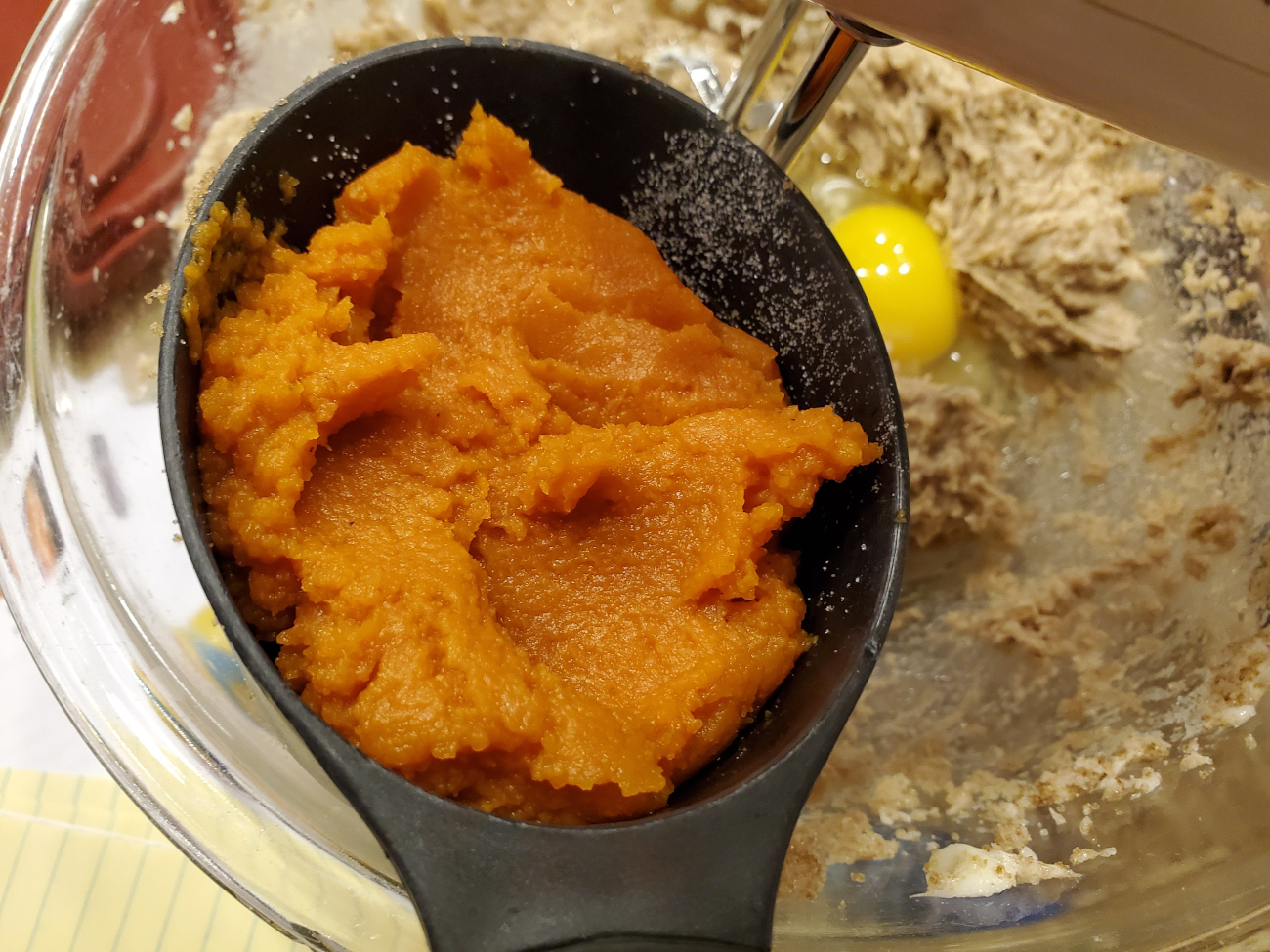
If you come across an unpleasant texture documenting what brand, the production (if printed), and expiration date, you can report it to the supermarket or the manufacturer. Throw out the can and opt for a different brand or another can from the same brand, but with a different production and expiration date. While purées labeled USDA grade A will be free of particulates and be of a higher quality than C or SStd, this grading system is voluntary, so a lot of brands do not add these grades to their labels.
